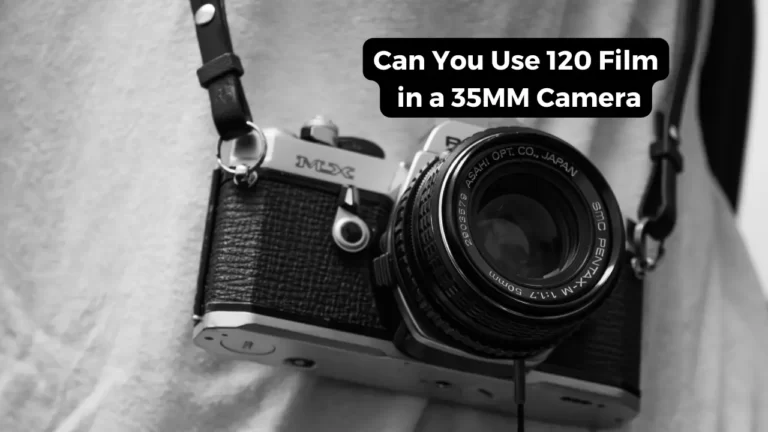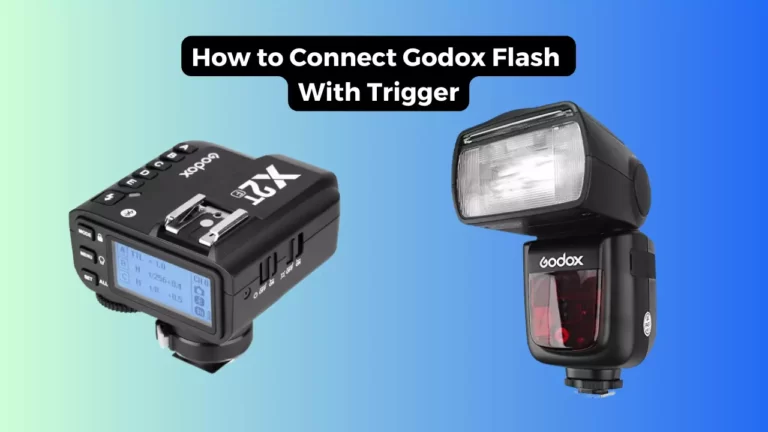Gimbal vs Steadicam: Which One Should You Buy?
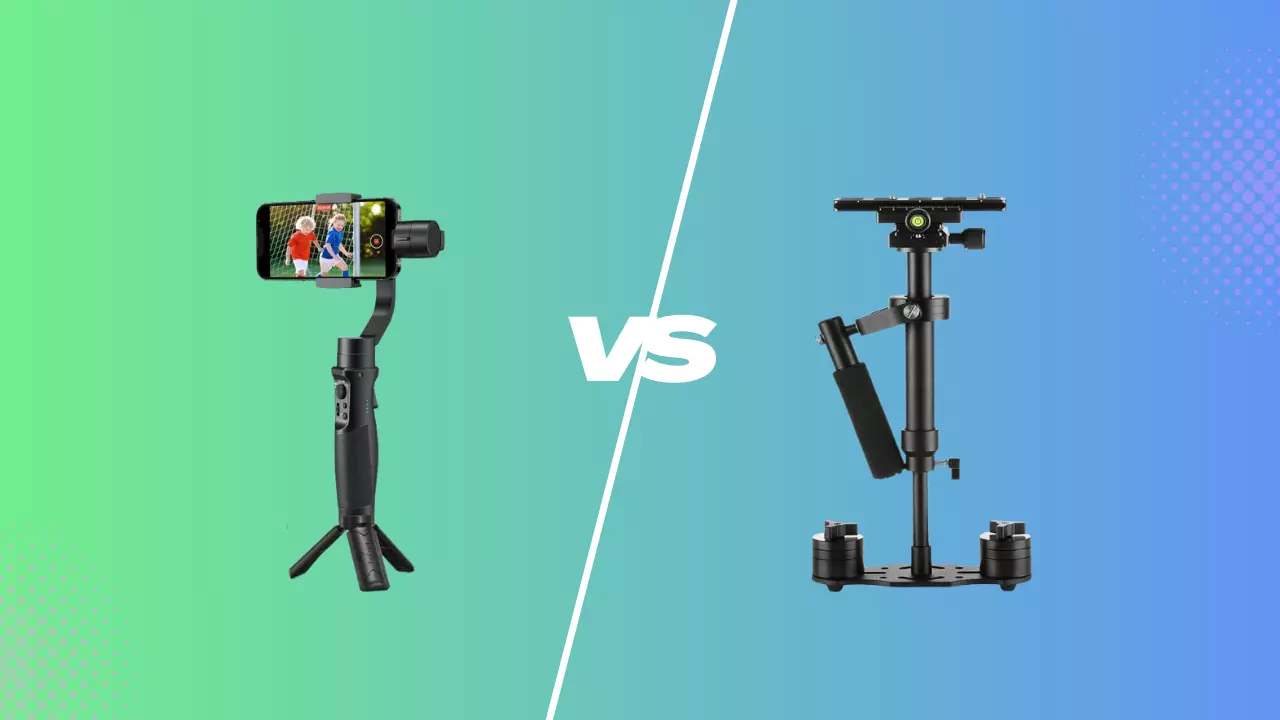
Every videographer understands the quest to achieve smooth footage, and what it takes to attain that. Thankfully, besides the image stabilization feature in most modern cameras, you can make use of external stabilization that is made possible by stabilizers. Two popular options for most photographers are Gimbals and Steadicams.
Both the Steadicam and Gimbal are designed to eliminate the shake from your camera shots. This is made possible at different costs and in different ways. Steadicam is the mechanical solution to shakes in videos, while gimbal offers an electronic solution. What this means for Gimbal is that it requires battery power and electronic motors to perform its task. Steadicam is also much pricier compared to Gimbal.
This article highlights the key features of the gimbal and Steadicam stabilizers as well as compares the two to give you a closer look.
Gimbal vs Steadicam
Having the best equipment contributes significantly to the overall video quality. The debate between Steadicam and gimbal has been a long one.
It can seem like both these products are head-to-head rivals that do the same thing. However, no need to worry. This article reviews both of them to give you a broader insight.
Gimbal Stabilizer Overview
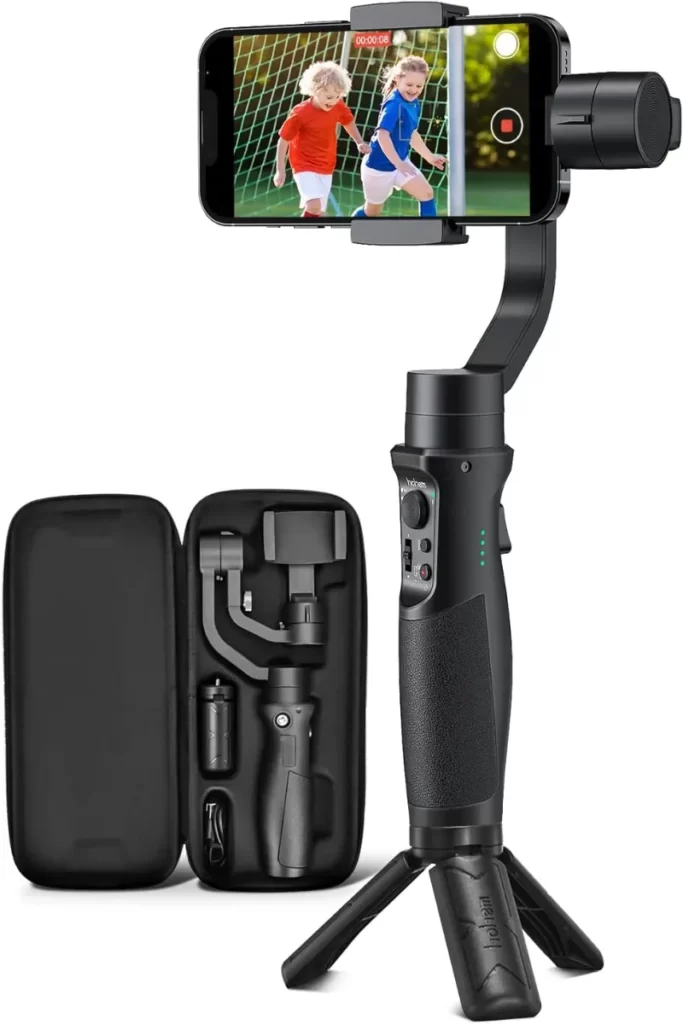
Gimbal is a good example of an electronic stabilizer that utilizes battery power as well as motorized movements. For optimal performance, the camera should be balanced in different positions so you can attain clear videos and snapshots.
Gimbal stabilizer is an automatic gadget that requires relatively less effort from the operator. It is a compact and powerful tool that provides plenty of work convenience and comfort for the camera operator.
This stabilizer works by measuring the position of the camera hundreds of times per second. When a movement is detected, it engages the motor to move an equal degree in the opposite direction. This negates the shake.
Pros
- Easy to get started with good results
- There are programmable modes e.g. for hyper lapses and time lapses
- It can often be remotely controlled
- It is not as susceptible to windy conditions
Cons
- It needs a power source
- It results in mechanical-looking movements
- There is a risk of overloading the motors from a bad balancing of your camera
Steadicam Stabilizer Overview
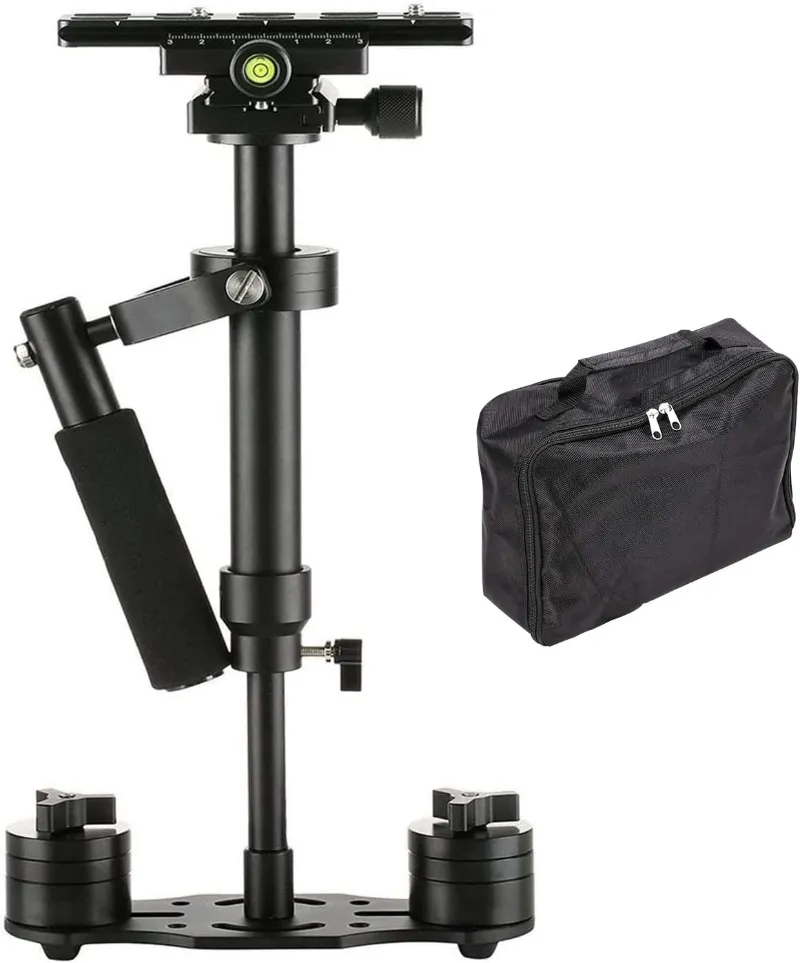
The Steadicam was invented in 1975 as the solution to the dolly or tripod. It was the mechanical solution that was designed to rely on inertia and hence requires a heavy payload for smooth motion.
The sled part holds the camera, as well as the monitor and batteries. The operator is required to wear a vest to distribute the weight to their shoulders and hips.
The camera is then connected to an iso-elastic arm designed with a series of springs to isolate his movements with that of the camera.
Pros
- There is no risk of electronic issues
- It does not require batteries.
- It allows you to make longer shots
Cons
- It is very expensive
Features Compared
Steadicam and gimbal stabilizers are feature-packed to make work much easier for any videographer. Below are some of the key aspects worth considering.
Ease of use
Gimbals are comparatively quicker to set up and easier to use. However, there is still a learning curve. It will take some time and some practice before you can become proficient in its use.
Steadicam requires more time to set up and more skill to operate. Despite these drawbacks, you can take longer shots since it is not supported entirely by the operator’s arms. Also, the operator can do more takes in a row before their performance starts to decline.
Inasmuch as the gimbal is easier to use, Steadicam compensates for the up-and-down movement of walking. With the Gimbal, you are forced to bend your knees, known as ‘duck walk’ to limit vertical bobbing. In turn, this limits how fast you can move to maintain smooth motion. This is not the case with Steadicam.
Price
Price is an important determinant when it comes to camera stabilizers. The gimbal stabilizer may cost you around $6500. You will also require a few other accessories such as mounts and batteries. Still, the price inclusive of accessories will not go beyond $8000.
Meanwhile, Steadicam is very pricey. For Steadicam, you can get a full setup at $45,000. Alternatively, you can hire an operator with their own rig at $1000 per day.
The Winner
When it comes to the right tool for the job, Steadicam got you covered. It may be the pricier option, but with it, you can take longer shots and do more takes in a row. Moreover, there is the option of hiring per day at $1000.
With Steadicam, a trained operator can take after take without requiring a break. Furthermore, being the mechanical stabilizer, Steadicam does not require batteries and hence does not have any electronic issues.
FAQs
Which stabilizer is best suited for beginners?
Gimbal is easy to use and only requires some practice. Steadicam, on the other hand, is somewhat difficult for beginners to manage. The basic gimbal will help you to practice your skills before you can handle Steadicam.
What are the benefits of using gimbals?
Gimbals come with several benefits. For one, they are reliable and flexible, especially for shooting high-altitude scenes. Gimbal management does not require much practice and experience. Moreover, they are available in a wide range of shapes and sizes.
What are the benefits of using Steadicam?
Steadicam allows for more precise settings and is ideal for vertical translation and vertical angles. Moreover, it has a very robust technology—the electronics are not likely to fail at any stage of shooting. Steadicam is suitable for large and heavy-weight cameras and is the go-to for most production companies in video creation.
Conclusion
Both the Gimbal and Steadicam stabilizers are great for making amazing videos and still images. Each of these stabilizers comes with its own functions and features that depend on the operator. To make the right decision, it is advisable to consider your individual requirements. You can start with the easiest to use, and then work your way up.
You Can Also Read:
- Canon R5 Mark ii (Release Date, Price & Specs) - December 20, 2023
- Sony 100 400 vs 200 600: Which Telephoto Lens is Right? - December 15, 2023
- Sony A1 II Camera (Release Date, Price & Specs) - November 30, 2023

